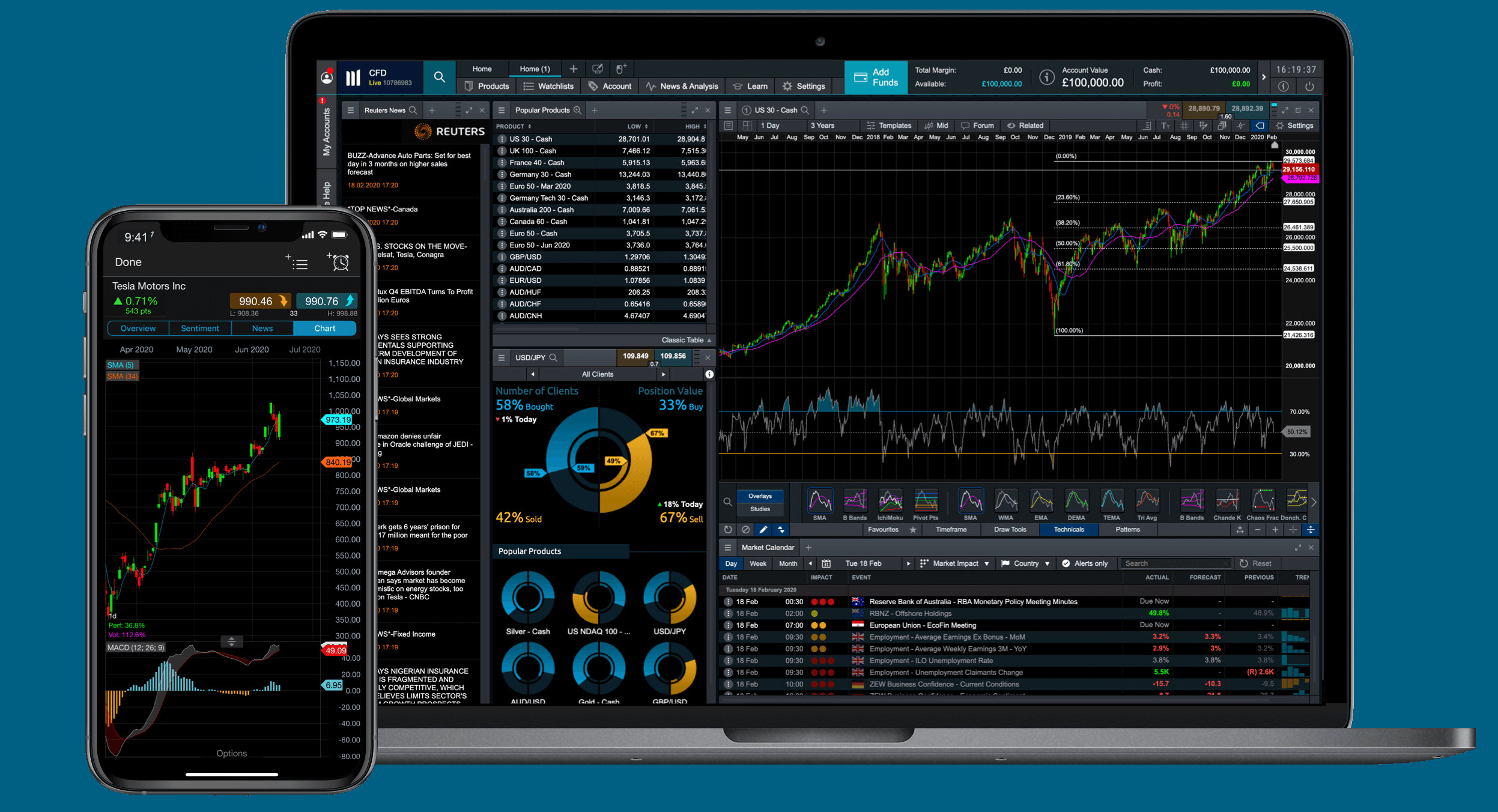Contracts for Difference (CFD) trading has gained popularity in recent years as a flexible and potentially lucrative investment option. However, it’s essential to understand the inherent risks and the regulatory environment surrounding CFD trading before diving in. This article will provide an overview of CFD trading, discuss the associated dangers, explain negative balance protection, and outline the regulatory differences between the United States and the United Kingdom/European Union.
What is CFD Trading?
An Introduction to Contracts for Difference
CFD trading is a form of financial trading that allows investors to speculate on the price movement of various financial instruments, such as stocks, commodities, indices, and currencies, without actually owning the underlying asset. A CFD is a contract between an investor and a broker, where the investor agrees to exchange the difference in the value of an asset between the time the contract is opened and closed. Profits or losses are determined by the difference in the asset’s price at these two points, multiplied by the number of CFDs held.
The Dangers of CFD Trading
Leverage and Margin Trading
One of the most significant risks associated with CFD trading is the use of leverage, which allows investors to open positions with a small initial deposit, known as margin. While leverage can amplify potential gains, it also magnifies potential losses. High levels of leverage can result in significant losses if the market moves against an investor’s position, even if the price change is relatively small.
Market Volatility
CFD trading involves speculating on the price movements of financial instruments, which can be subject to sudden and significant fluctuations. This market volatility can lead to rapid changes in the value of open CFD positions, resulting in significant gains or losses for investors. It is essential for traders to understand and manage their risk exposure when engaging in CFD trading, as the potential for loss can be substantial.
Overnight Financing
When holding a CFD position overnight, investors may incur financing costs. These costs are determined by the difference between the interest rate at which the broker borrows money to fund the position and the interest rate paid to the investor. Depending on the direction of the position and prevailing interest rates, these financing costs can either result in additional charges or credits for the investor. It is crucial for traders to be aware of these costs and factor them into their overall trading strategy.
Negative Balance Protection
Understanding and Mitigating the Risk of Negative Balances
Negative balance protection is a risk management feature offered by some CFD brokers to ensure that a trader’s account balance never falls below zero. Without negative balance protection, investors could be liable for losses that exceed their account balance, potentially resulting in substantial debt.
Negative balance protection can provide peace of mind for investors by limiting their liability for losses to the funds deposited in their trading account. However, it is essential to remember that negative balance protection does not eliminate the risks associated with CFD trading, and investors can still lose their entire account balance if the market moves against their positions.
CFD Trading Regulations: United States vs. United Kingdom/European Union
CFD Trading in the United States
CFD trading is currently illegal in the United States due to regulations imposed by the Securities and Exchange Commission (SEC) and the Commodity Futures Trading Commission (CFTC). These regulatory bodies have strict rules regarding over-the-counter (OTC) derivatives, which include CFDs, to protect retail investors from the significant risks associated with these financial instruments.
The Dodd-Frank Wall Street Reform and Consumer Protection Act, passed in 2010, further restricted CFD trading for US residents by prohibiting the trading of OTC derivatives on foreign exchanges. As a result, US investors looking to trade CFDs must resort to alternative investment options, such as trading stocks, futures, or options, which are regulated and available through established exchanges. While not identical to CFDs, these alternatives offer opportunities for investors to participate in financial markets and benefit from price fluctuations in various asset classes.
CFD Trading in the United Kingdom and European Union
In contrast to the United States, CFD trading is legal and regulated in the United Kingdom and the European Union. The Financial Conduct Authority (FCA) oversees CFD trading in the UK, while the European Securities and Markets Authority (ESMA) regulates it within the EU.
To protect retail investors, these regulatory bodies have implemented strict rules governing CFD trading, including:
- Leverage limits: The FCA and ESMA have imposed limits on the leverage available to retail investors when trading CFDs. These limits vary depending on the asset class and the investor’s experience, helping to reduce the potential for excessive risk-taking.
- Negative balance protection: As mentioned earlier, negative balance protection ensures that retail investors’ losses do not exceed their account balance. The FCA and ESMA require CFD brokers to offer this protection to retail clients.
- Risk warnings: CFD brokers must provide clear and prominent risk warnings to investors, highlighting the significant risks associated with CFD trading and the potential for loss.
- No incentives: The FCA and ESMA prohibit CFD brokers from offering bonuses or other incentives to encourage retail investors to trade CFDs, as these incentives may encourage excessive risk-taking.
These regulatory measures aim to strike a balance between allowing investors access to CFD trading while ensuring they are adequately protected from the inherent risks associated with this form of investment.
This article was last updated on: April 23, 2023

